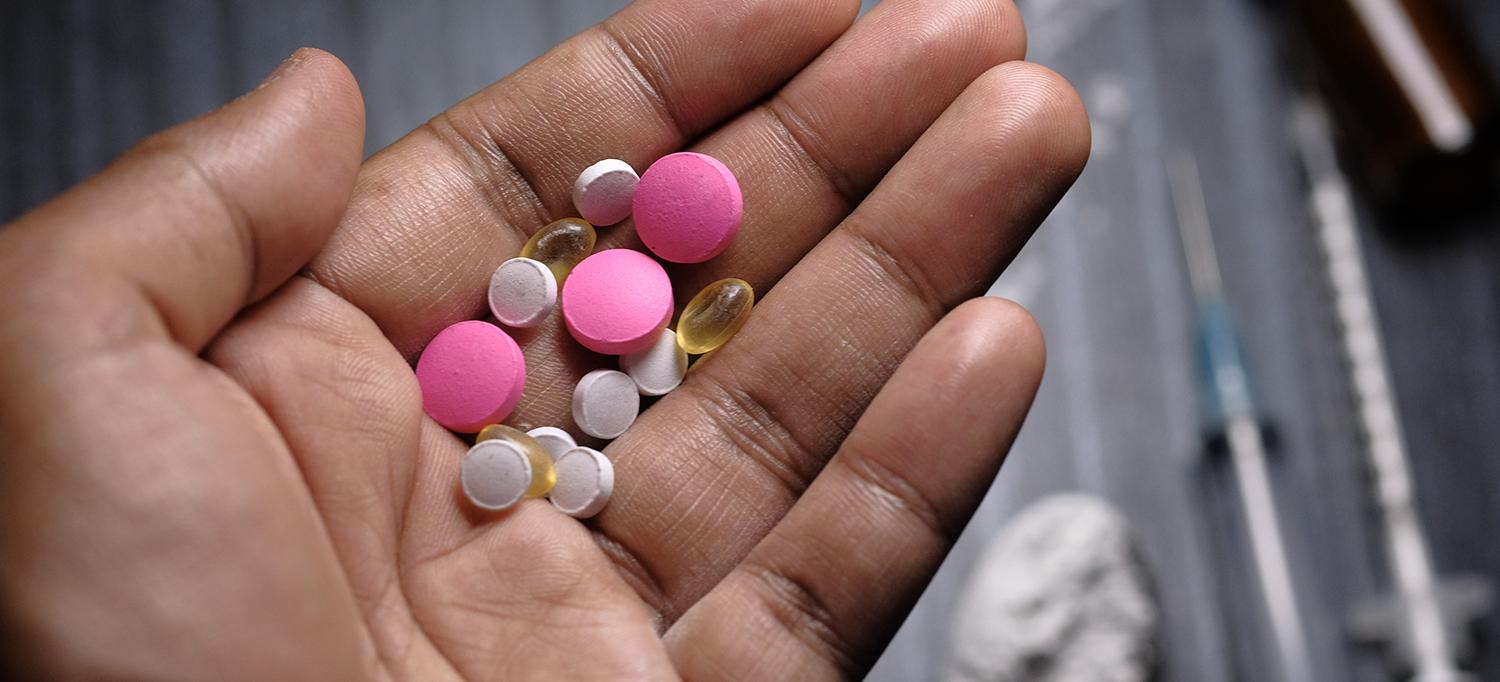Buprenorphine is a relatively low-potency opioid medication that doctors can use to treat people affected by opioid use disorder. Such individuals have multiple symptoms of either opioid abuse or addiction. Many studies have been conducted to determine how many doctors trained in how to properly use buprenorphine actually prescribe it to their patients. They conclude that despite the medication’s proven usefulness, most properly trained physicians do not prescribe it.
Opioid Use Disorder
Opioid use disorder is one particular example of a larger condition called substance use disorder, which the American Psychiatric Association maintains as the standard diagnosis for anyone seriously affected by either substance addiction or non-addicted substance use. Affected individuals may be users of illegal opioid drugs like heroin, opioid medications such as hydrocodone or oxycodone, or a combination of both legal and illegal opioids. Therefore, it is important that you always contact a professional rehab center like Great Oaks. The admissions process at Great Oaks is easy and quick, and the experts prescribe the most suitable medicines and therapies to their patients.
Opioid Addiction Symptoms
Regardless of the specific substance involved, a person with opioid use disorder has two to 11 symptoms of opioid abuse and/or opioid addiction. Classic addiction-related symptoms include:
- Recurring craving for more opioid consumption
- Increased intake related to growing tolerance to opioids’ drug effects
- Development of withdrawal when the brain doesn’t receive its accustomed opioid supply
People affected by both abuse and addiction commonly establish clearly dysfunctional daily routines heavily oriented around the opioid intake.
How does Buprenorphine work on Addiction?
While buprenorphine is an opioid, its drug effects fall short of the drug effects produced by commonly abused opioid drugs and medications. A person unaccustomed to opioid use would experience a “high” as a result of exposure to buprenorphine.
However, while the medication will have enough of an impact to stop a person addicted to stronger opioids from experiencing intense symptoms of withdrawal, it will not produce the accustomed “high” for that individual. This middling response in opioid addicts gives buprenorphine its usefulness in addiction treatment.

Doctors can prescribe the medication on a short- or long-term basis as a replacement for more powerful opioids and thereby reduce their patients’ exposure to the severe harms associated with uncontrolled opioid consumption. Certain buprenorphine preparations also contain a second medication, called naloxone, which gradually cuts off buprenorphine’s opioid effects. The addition of naloxone is intended to reduce the attractiveness of buprenorphine as a target for abuse or addiction.
An absence of professional support for buprenorphine use is commonly cited as a reason for not prescribing the medication. In addition, both the doctors who prescribe buprenorphine and those who don’t show concerns about the mental health and available support networks of their opioid-affected patients.
To increase the appropriate use of buprenorphine, professional organizations must take certain steps before and after doctors learn how to prescribe the medication. Examples of these steps include monitoring physicians who work in clinics that have agreed to make buprenorphine available and to make sure that physicians receive any ongoing technical help they need after receiving buprenorphine-related instruction.


